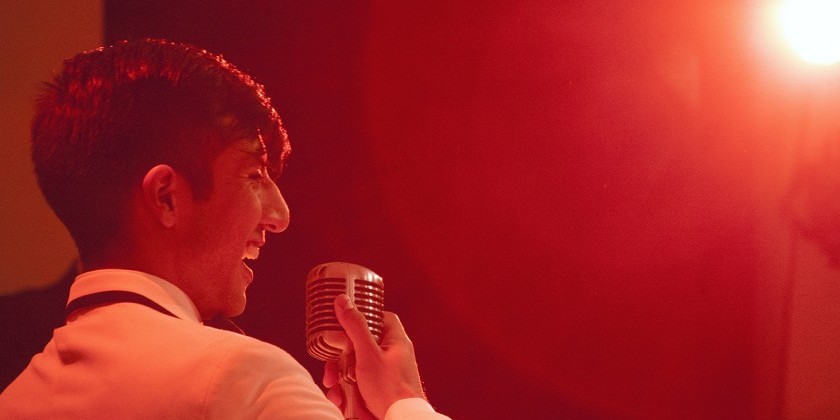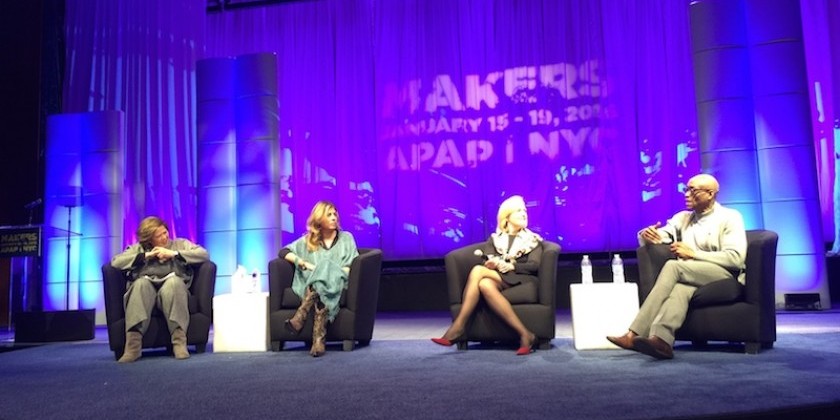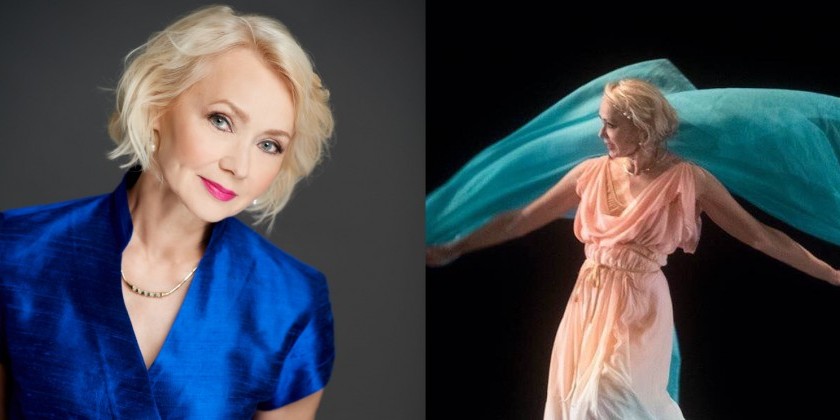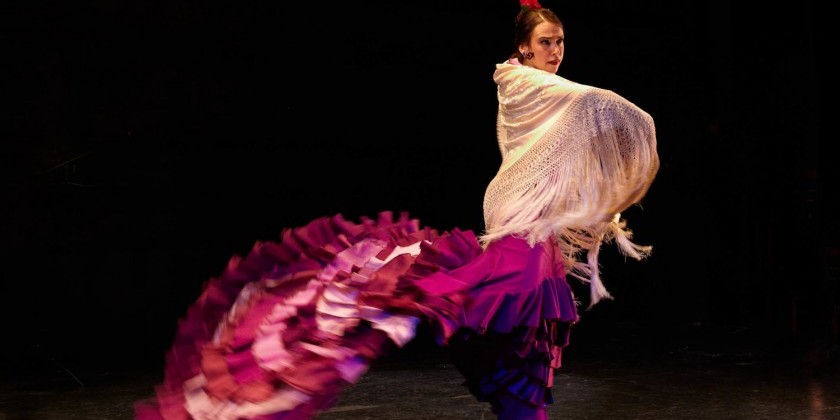The Dance Enthusiast Asks Convergences Theatre Collectives' Liz Stanton About “Babel" at the 14th Street Y
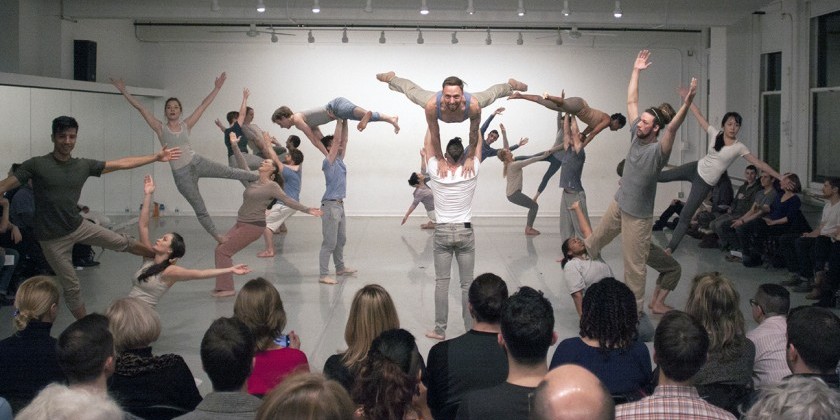
A Towering Production
WHO: Convergences Theatre Collective. Producing Director: Jeremy Williams, Theatrical Development Producers: WT McRae & Liz Stanton, Associate Producer: Rafa Reyes, Outreach & Booking Manager: Vanessa Parrack.
WHAT: Babel by Convergences Theatre Collective: A story told through Acrobatic Dance Theater, Babel is a physical spectacle that reinvents one of the oldest stories in the world: The Tower of Babel. It calls upon diverse perspectives of the story to reveal ambition, grief, and healing within the complexity of the human condition. The story is performed by 22 powerful dancers.
WHERE: 14th Street Y, 344 East 14th Street, New York, NY
WHEN: January 18, 20-22, 24, 26, 28-30 and February 1-5, 2017
MORE INFO: HERE
FACEBOOK PAGE: https://www.facebook.com/Babelites/
Sammi Lim for The Dance Enthusiast: Of all the works you have helped create for Convergences Theatre Collective (there are so many!), I think I can safely assume that Babel calls for the most stamina. In addition to high-intensity training, how did the actors prepare for the physical exertion?
Liz Stanton, Theatrical Development Producer: I have worked on a number of projects with Convergences Theatre Collective, one of which was a 75 minute play for one woman, The Woman Who Was Me, which took a lot of stamina as well. However the Babel ensemble has been training together over a long period of time in order to build physical endurance, strength, stamina, balance and trust. We are using developmental movement technique, which allows the body to stay in alignment and move with ease. There is a diverse amount of experience in the ensemble. I did not have any partner acrobatic training until I began this journey with Babel. Others did. We have all shared in the training and we continually learn from each other and the co-creators of the piece, WT McRae and Jeremy Williams.

TDE: Why do you think Babel works better expressed through movement rather than, say scripting and vocal techniques?
LS: I can’t say it works better, but WT had the idea. The inspiration and this piece is innovative in many ways. Babel takes the audience on a journey about communication, relationships, and language, though the performers do not speak. All the communication is through the body, the breath, the eyes, and the physical contact of the performers.
TDE: Full of balancing acts, Babel requires a deep sense of trust between the performers. Do shed some light on their general backgrounds, age variances and emotional proximity.
LS: The performers come from a wide variety of backgrounds. Many of us are either actors or dancers or both. Some have professional acrobatic skills. We have trained together and share experience in partner acrobatics, climbing, balancing and dancing. We also use our acting skills. The piece is full of image and atmosphere.

TDE: In the piece, the dancers display a kaleidoscope of facial expressions, exercising their facial muscles equally as much as their limbs and torsos. But sometimes I get the gist that they break out into smiles on their own accord. What is the general narrative that the performers are told?
LS: I think, in any performance, the audience is such an essential part of the final result, that the reaction to smiles and facial expressions is personal to each audience member. The narrative will be seen and experienced by each person differently. That is the beauty of theatre, of dance. Sometimes there might be unexpected physicality or facial expression and the audience gets to make sense of it during the performance. The story forms as it is being told. It may not be as apparent that each is receiving the same story, but the conversation after the performance often reveals mysterious nuances that are distinct and lucid and recognized by many.
TDE: Tell me a little about the solo pieces – why the break away from the pack at times?
LS: I don’t have the sense of breaking away from the pack at all. At some point the ensemble is destroyed, time passes, and we begin to locate support, to reconnect, and begin again. As we search we may find someone; this becomes the duet, the quintet, adding more people as we go. The quest is the journey to build, to create, to connect.

TDE: What joys have you derived from creating this (literally) towering production?
LS: I love this ensemble. The heart of each of performer is so open, so willing, so supportive. I have learned much about my own fears (of climbing and flying) and about my desire to support others. As an ensemble we are called to physically support each other in the piece and that translates into a community that trusts and champions each other.










